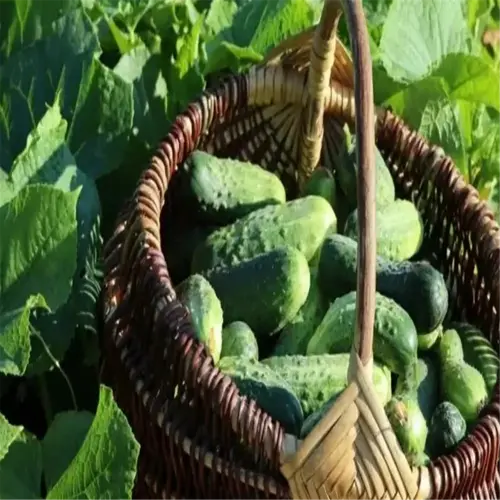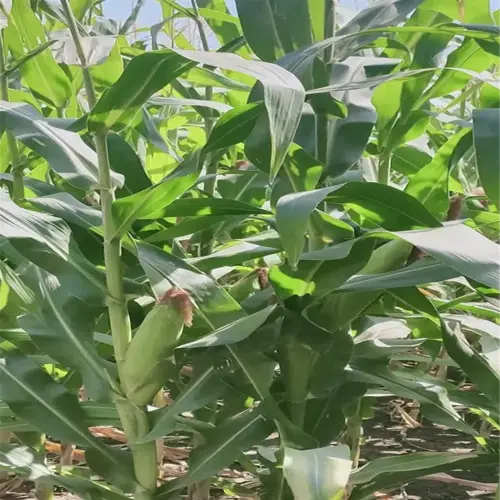When is eggplant ready to harvest?

Written by
Michael Sullivan
Reviewed by
Prof. Charles Hartman, Ph.D.Collecting ripe eggplant at the optimal time will give you sweet flesh with a tender texture. When the skin is shiny and has some resilience to gentle pressure, that is how you want the eggplant to feel when ready to harvest. Look at the stem end; if it is a fresh green color, the eggplant has just matured. I will pick my ‘Black Beauty' eggplant varieties daily when they are in peak condition to be harvested, which is just before the seeds get dark.
Visual Clues
- Glossy Skin: Reflects light without dull patches
- Uniform Color: No yellowing or streaks
- Stem Freshness: Bright green, not woody
Tactile Tests
- Firmness: Gentle squeeze leaves no dent
- Seed Check: Slice one fruit weekly to monitor
- Weight: Feels heavy for its size
Avoid These
- Dull Skin: Indicates overripe, bitter flesh
- Hard Seeds: Brown and crunchy = overmature
- Soft Spots: Signals decay or pest damage
Use pruning shears so that you have a nice clean cut. Leave 1 inch of stem attached to the fruit to prevent bruising. Twisting the fruit to remove it from the plant injures the plant. I learned this after losing three immature eggplants because of stem tears. Use alcohol or sanitizer wipes to clean the blades between each plant so that diseases are not spread from plant to plant.
Timing has a huge impact on flavor. If you're harvesting in the morning, wait until the dew dissolves so the veggies remain crisp. I typically vacuum pack and refrigerate immediately in perforated bags. For long-storing, slice and blanch them for freezing. Pickled from last season lasted 8 months using a brine of 1:1 vinegar-water and garlic.
Read the full article: How to Grow Eggplant: Pro Tips for Big Harvests

